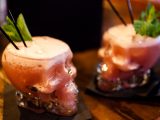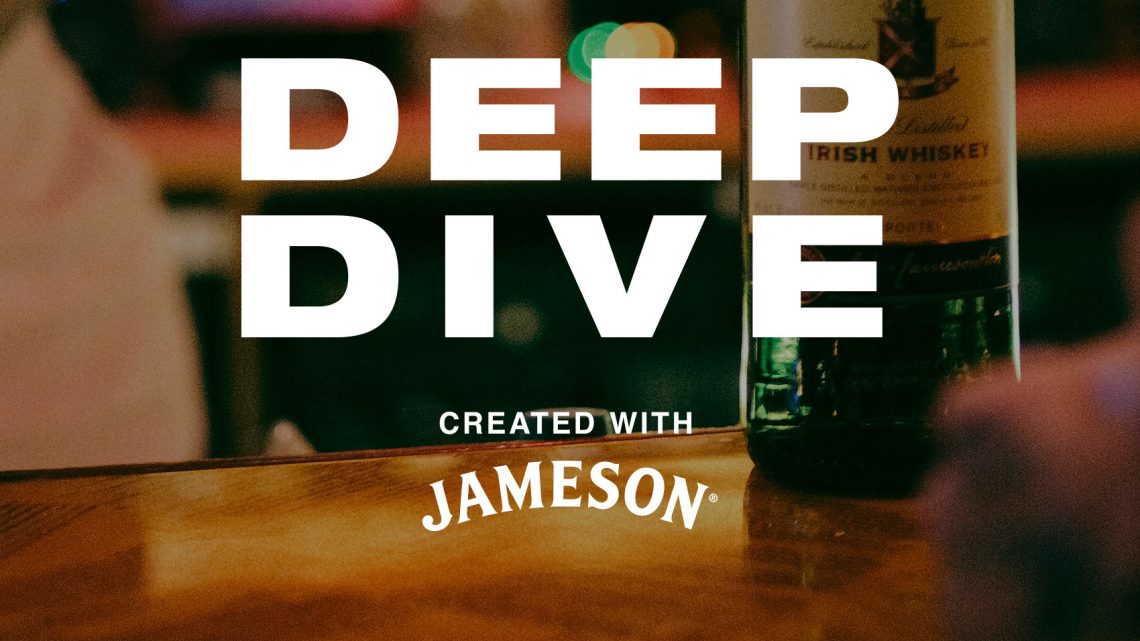
Downtown San Antonio in the 1980s Was Heavy Metal’s Eden
March 13, 2019 Off By Roque StrewThis article is part of a special installment of Deep Dive created in partnership with Jameson Irish Whiskey, telling the stories of bars of yesterday that shaped the neighborhoods of today.
Heavy metal either doesn’t have a capital—or its capital is San Antonio, Texas.
In the ‘80s, this town’s arena-packing appetite for metal was so ravenous concert promoters had to actually persuade non-metal acts that they were welcome here, too. Ahead-of-the-curve radio stations and record stores built networks of support that kindled the careers of canonical bands across the planet. And a local scene blossomed as teenage metalheads assembled into bands, and put on shows in backyards, driveways, high schools, flea markets, grocery-store parking lots—anywhere they could get a crowd.
The spirit of this metal Eden still permeates the city’s Tobin Hill. Bounded by colleges, highways, and former quarries, the district is full of hallowed musical ground. Along its edges lie storied venues like the Sunken Gardens Amphitheater and Taco Land, which took radically different forms back then. And today, shops like Hog Wild, Robot Monster, and a constellation of venues along St. Mary’s Strip, connect San Antonio’s hard-rocking, headbanging past to its recharged present.
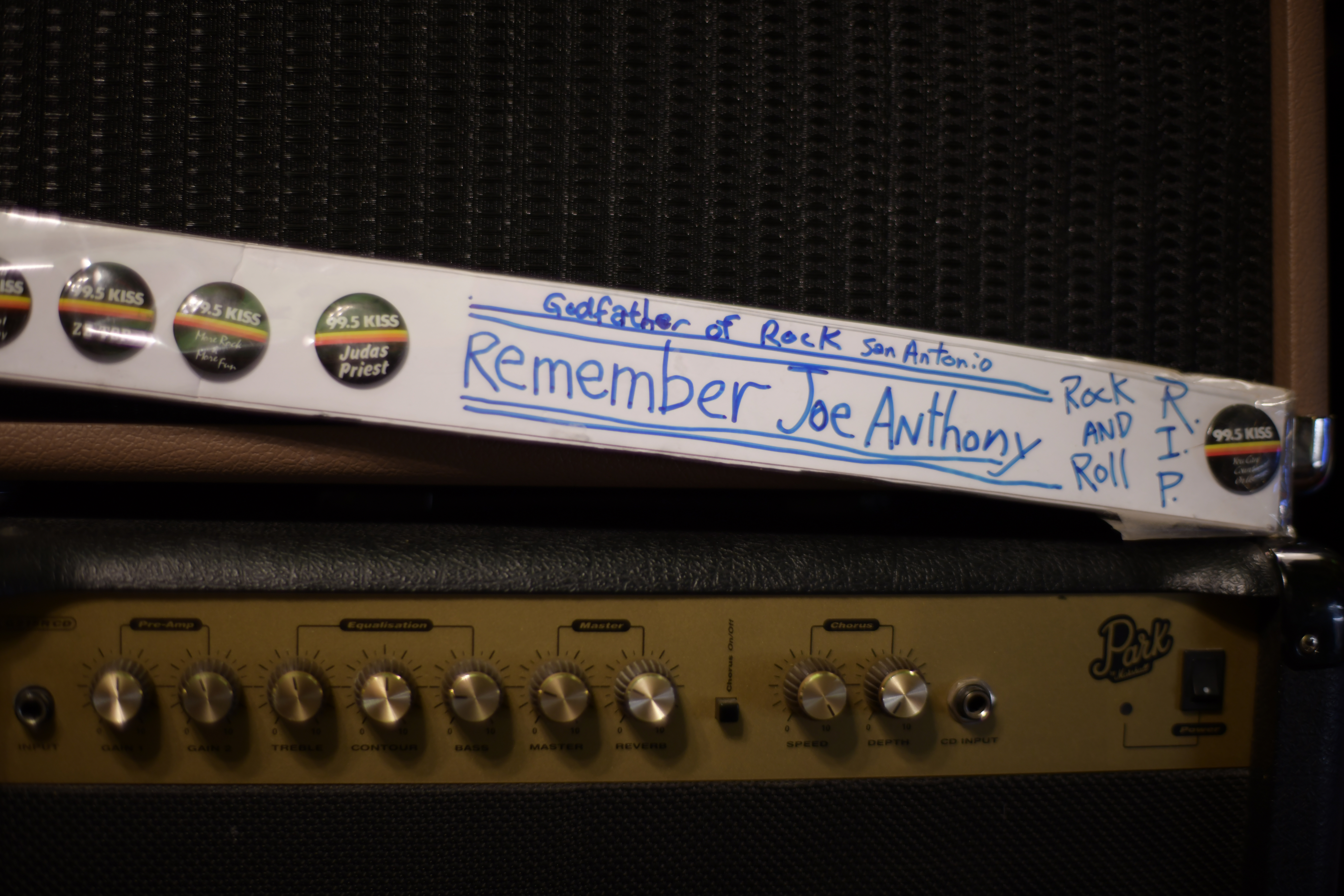
The Strip—a thronged nightlife mecca throughout the ‘80s—acts as a less refined, less filtered counterweight to the glossier and scenic River Walk. Simply put: the former caters to locals; the latter to tourists. But even residents left after stricter noise ordinances and high crime rates in the early ‘90s chased off businesses and customers.
"No, my parents wouldn’t let me go down there,” said Gregory Peek, a San Antonio native and professor of political history at Penn State, last fall during the city’s Tricentennial events. Although perhaps off-putting for tourism, the state of things, he said, inadvertently attracted a different type of visitor: Peek related San Antonio’s mostly unsung role as an early adopter, essential in landing then-no-names Iron Maiden, Judas Priest, and Rush, way before they were headliners.
At the north end of the Strip, on Woodlawn, sits a lime-green-and-purple house: Robot Monster Guitars. To Art Villarreal, co-founder of the city’s seminal S.A. Slayer (lawyers forced them to add the city’s initials due to another band of the same name), Robot Monster is dear. It’s unmistakably a place run by musicians—not just good ones, but good ones that go way back. One of the owners is Lung Overcoat guitarist and bassist Chris Smart. “Chris and I have been buddies since the sixth grade,” Villarreal told me.
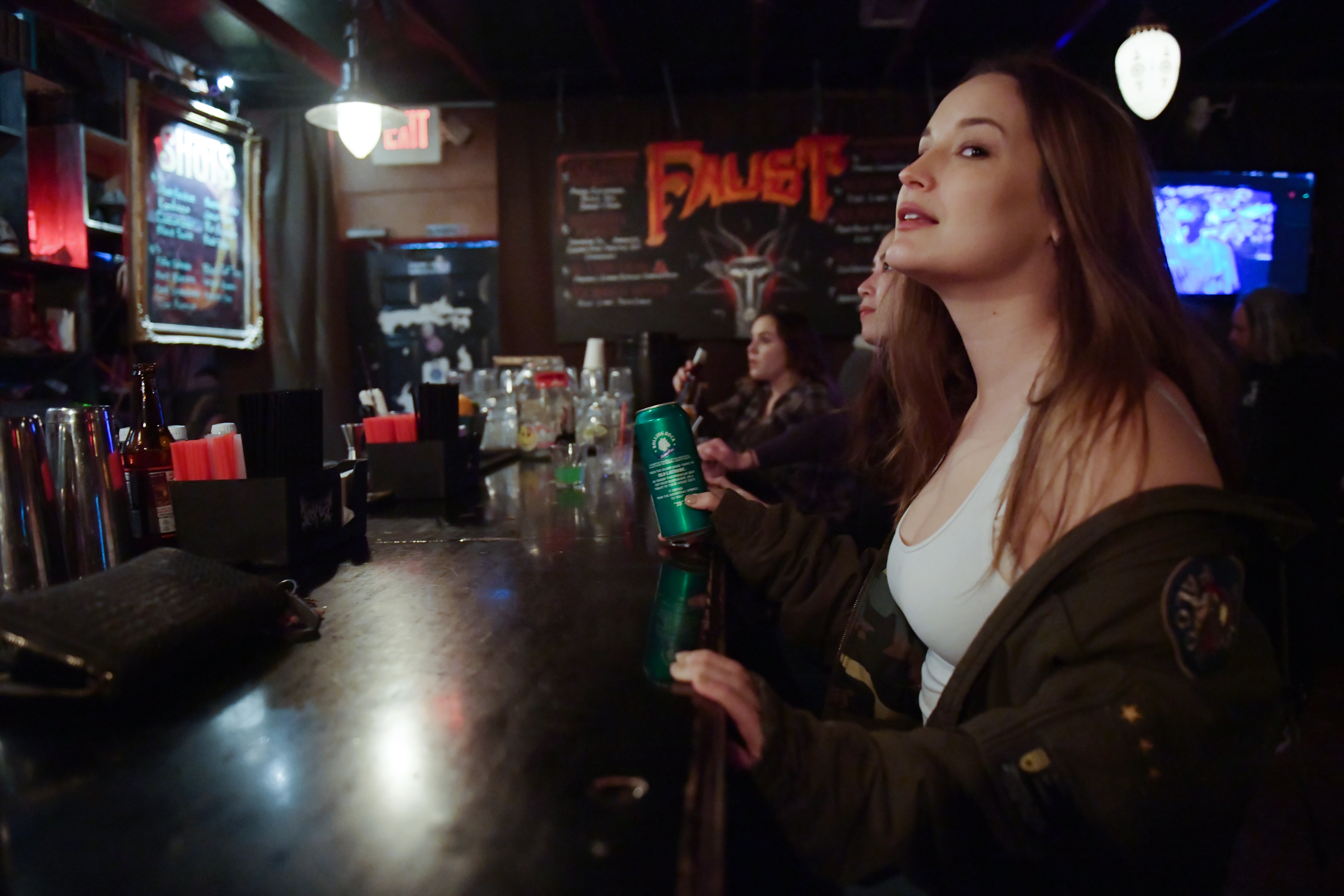
Down the driveway next to Robot Monster is Faust Tavern. Its demon-haunted world comes into focus slowly, as your retinas make sense of the batcave light levels. Throwbacks to a more spiritual, mysterious time crowd the tavern’s dark walls. I saw obsolete maps of the world; Plains war bonnets; and framed vintage posters, capturing that moment when the golden ages of magic and stone lithography overlapped, in which horned red fiends whisper into a magician’s ear or hold oil lamps under levitating women. Nosferatu figurines, tiny devils, and Playmates on Harleys perch like gargoyles on shelves stacked with liquor and Cynar.
Tending the bar is a man in a long-sleeved shirt displaying a textbook composition of skull piles, the sigil of Baphomet, and “BLACK” in red, runic letterforms. His name is somehow Damien, and on the wall-mounted flat screen, bodybuilders were fending off a possessed horde. It was Demons 2—the New Wave sequel to a heavy-metal original, an uncannily apt pick given its soundtrack, with tracks by European bands Accept and Saxon, was pure Joe Anthony.
Lou Roney and the late Joe Anthony Yannuzzi were famous for their metal programming at KISS-FM and sister station KMAC-AM. They’re routinely mentioned in the same breath with Jack Orbin from Stone City Attractions as central to the metal infrastructure of San Antonio. You’ll find those names in both Peek’s scholarly research and the 33-year-old Texas Monthly piece that anointed San Antonio the heavy metal capital of America.
At Faust, a goateed, black-clad brick house of a man introduced himself as Marilyn, and sat in one of those wooden school chairs with the tablet arm, which is holding a shot of neon green liquid. Marilyn plays bass for Witchcryer, a doom band fronted by Suzy Bravo, and he came of age during the city’s headbanger glory days—a time documented on the wall next to us, where a collection of tickets to Black Sabbath, Slayer, King Diamond, and Metallica is spotted.
Marilyn and Roland “Nightrocker” Fuentes, a jack-of-all-musical-trades who’s united scenes and promoted live music for the past three decades, remind us that it wasn’t just Stone City and KISS that put these bands on the map.
Enter Hog Wild Records, a few blocks off the Strip on North Main Street. There’s one counter with a cash register and, in the north corner, you’d find the flyers and posters were put up. Reminiscing about Hog Wild Records, everyone uses the word “hub.” Villarreal said you didn’t have the Internet then, and Fuentes jumped in: “It was the Internet.” Information filtered through Roland’s KSYM mentor Ruben Luna, who worked the counter at Hog Wild in the mid-80s, and the rack where you’d pick up European zines like Kerrang!, Metal Forces (who featured S.A. Slayer in their third issue), Thrasher, Maximum Rocknroll, and a local fanzine The Unholy Book.
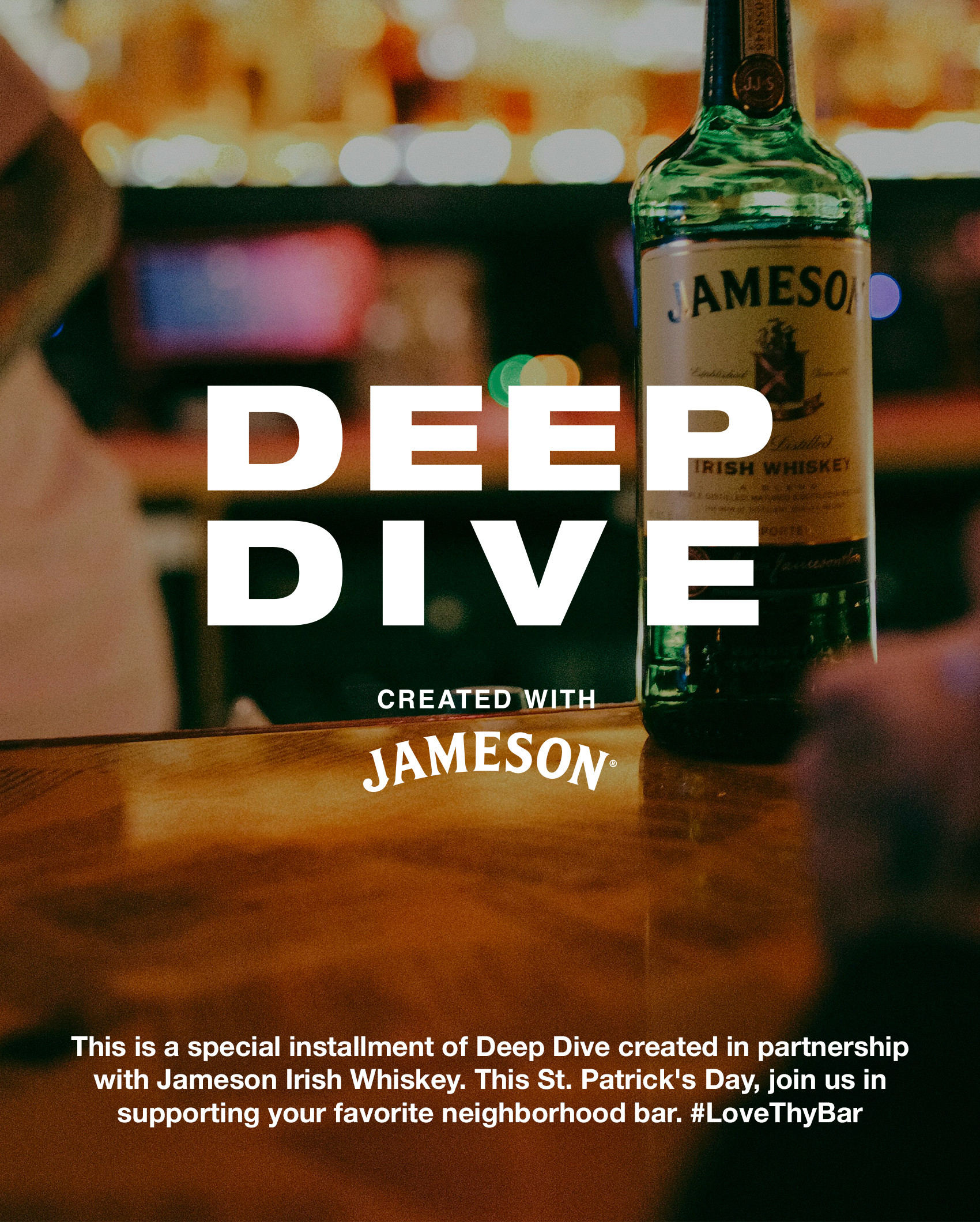
“People would drive in from Austin and Dallas, or mail their flyers, so the Hog Wild community would see it,” Fuentes told me.
Fuentes painted a visual picture of a store where all the salespeople were in bands, or on the radio, or promoters of some sort—all experts, all in it together. “Metal guys hung out with punk guys, the punk guys hung out with the rap guys.” That included the owner, Dave Richards, always active, even financing the music. “He’d lend you $500 to put your demo out,” said Fuentes. And Richards took local demo tapes on consignment, or bought them outright, according to Juan Herrera, currently at work on his Texas metal book As Viewed From the Pit.
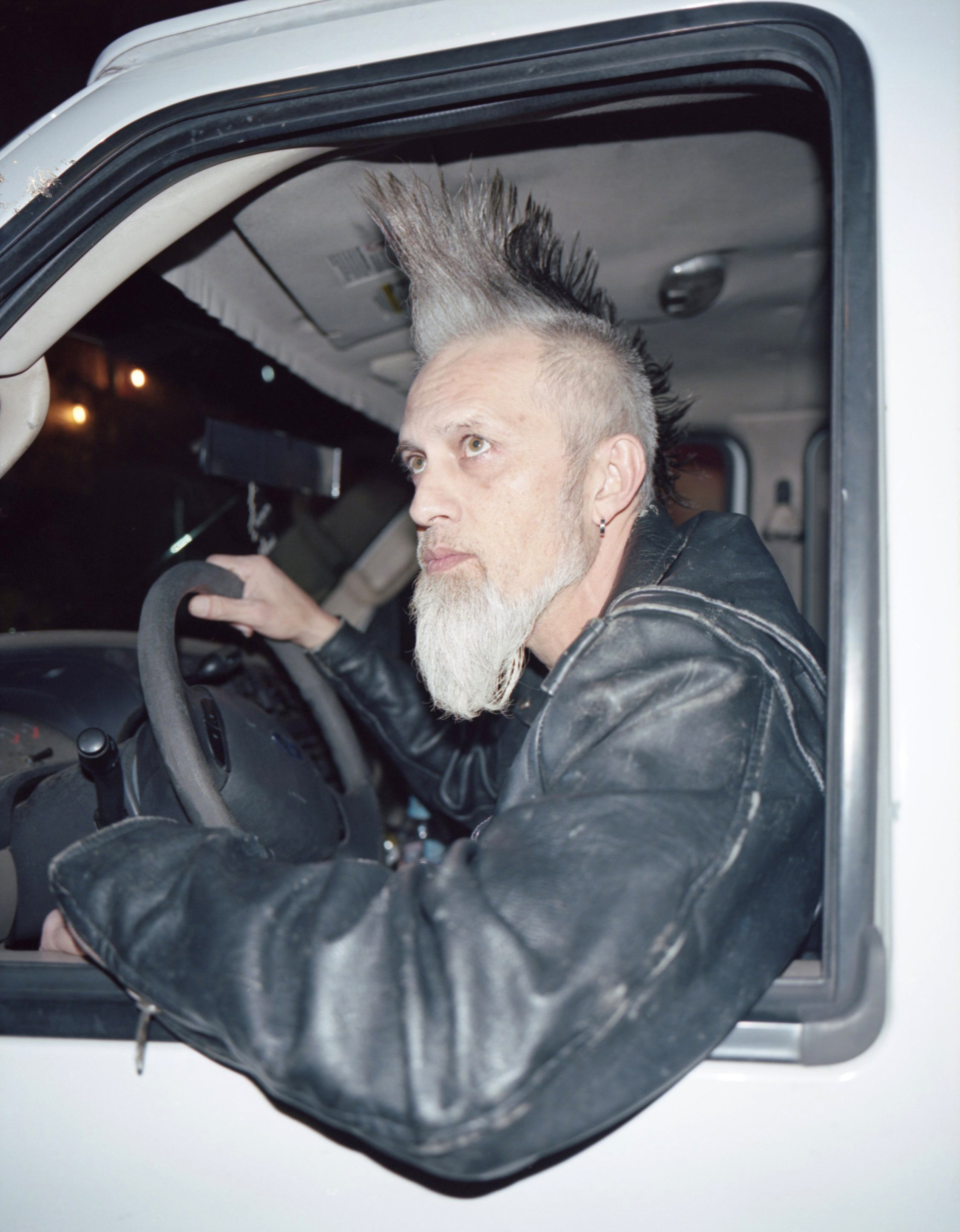
The whole group headed to Limelight. It’s a 300-capacity room that’s lived many lives. The structure at 2718 N. St. Mary’s has been Rick’s Place, then Rick’s Cantina. Next, during the rise of alternative rock, it was Wacky's, then Wacky's 2 and 3, then Wacky's Deli—all named after a parrot who lived in the bar. Then Strutters, the Limelight, War Room, and then Limelight again, and since. Until recently, its next-door neighbor was the iconic strip-joint-for-her, the Hardbodies Ladies Club, but now it’s been tidied up and blandly relaunched as an art space and dance floor friendlier to families than bachelorettes.
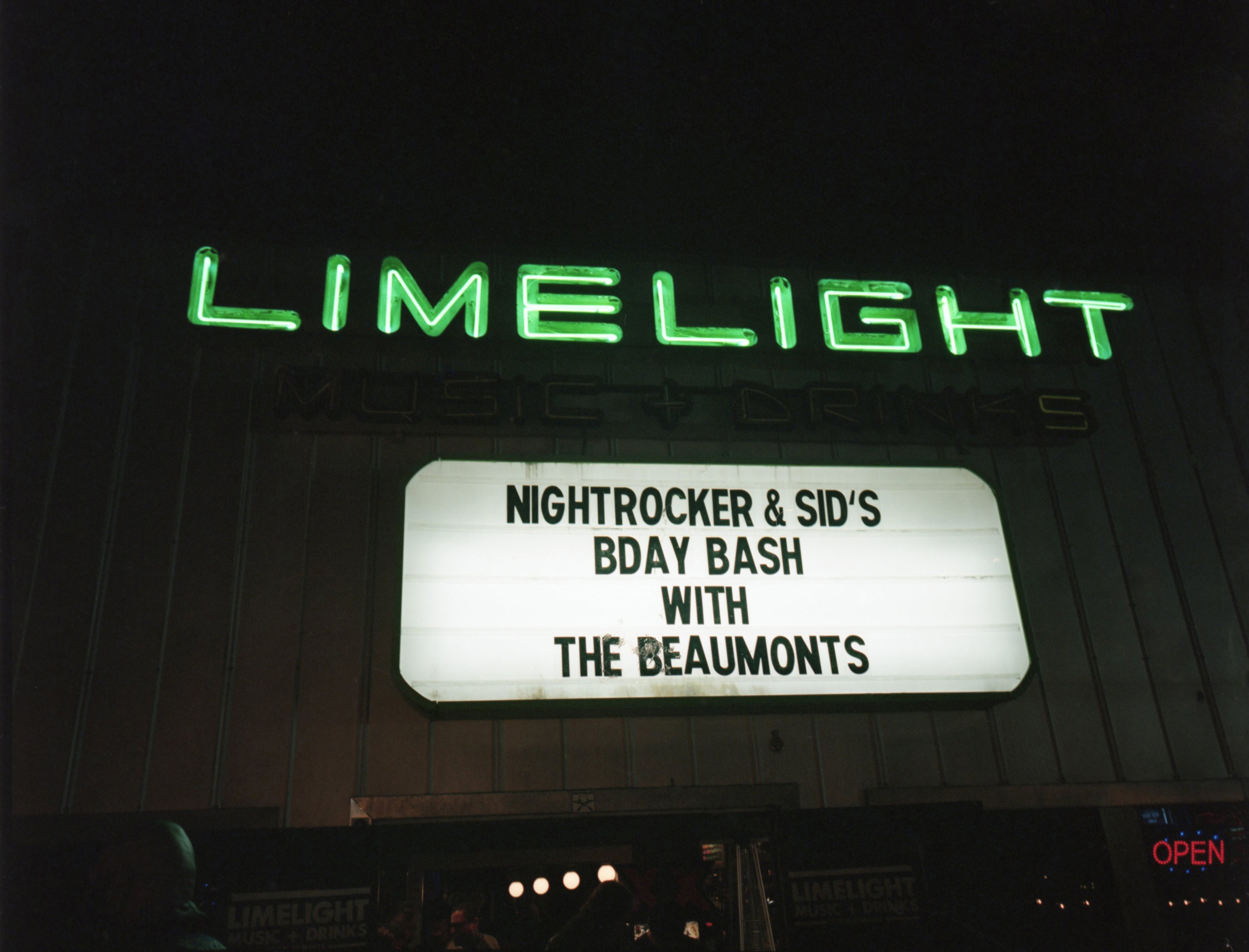
Twice in his life, Fuentes has lived four doors down from The Mix: “It’s the neighborhood bar.” A restaurant in a previous life, The Mix was known for its residencies. “On Monday night, it was the acoustic guy. On Tuesday, the Latin band Sexto Sol. Wednesday, they had a soul band. They had live music but it wasn’t a venue,” Fuentes says, with emphasis. New owners have changed that, raising the ceiling and building a stage.
There’s a busy grid of Marvel and DC Comics pages and covers on the ceiling, with a 1984 Iron Maiden poster in the middle, the classic lineup behind a pool table. Nearby a flyer advertises Metal Mondays, a vinyl night running from 10 PM to 2 AM. The DJs were crowdsourcing their set on Facebook: “Feel free to bring your Morbid Angel/Cannibal Corpse/Necrot/Blood Incantation records,” celebrating the death-metal titans and upstarts’ first stop on the Decibel Tour.
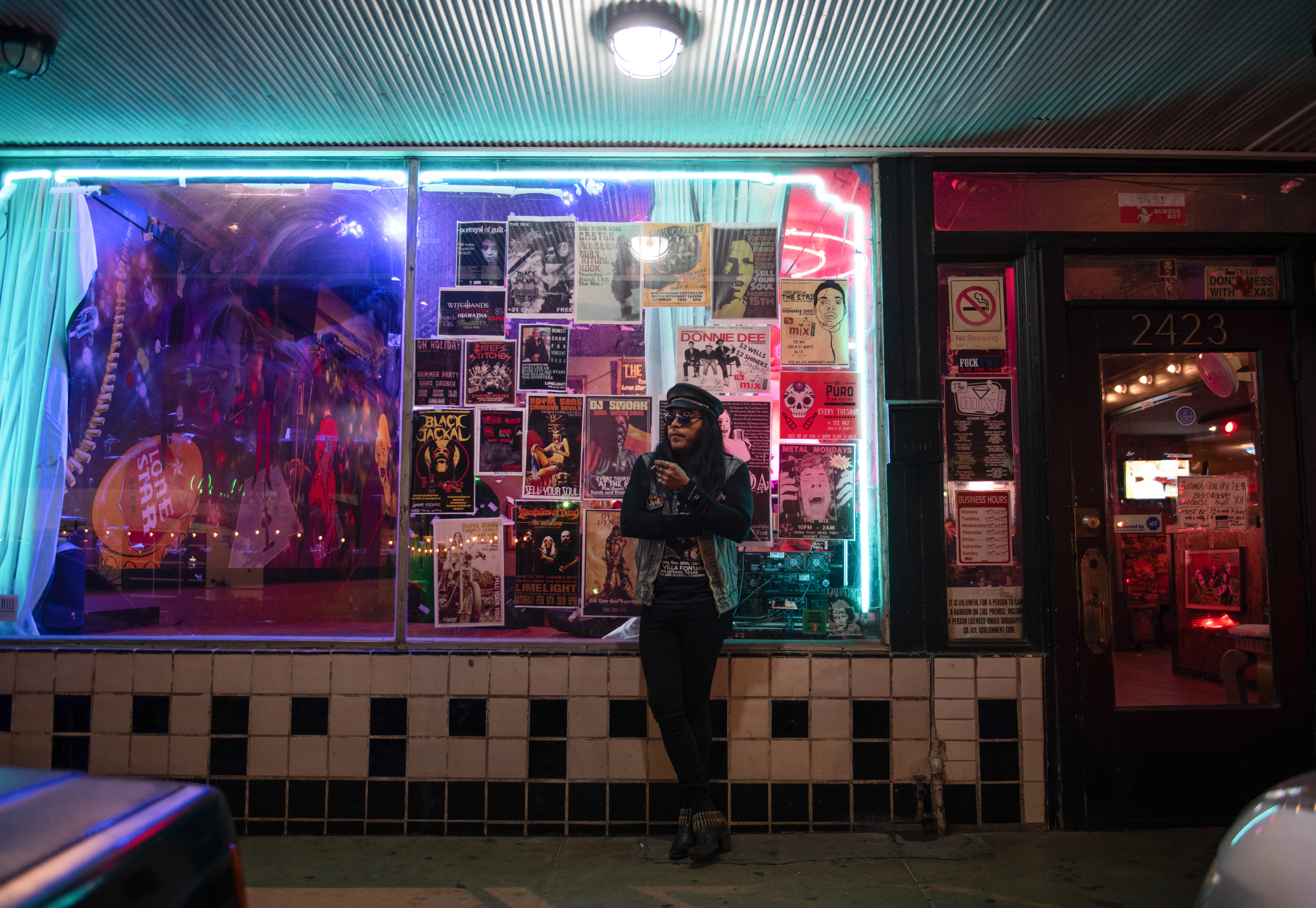
The bottom of the flyer read “Bang That Head That Doesn't Bang.” The Zen line from the back of the Kill ‘em All sleeve warped us back to 1983, ages before Metallica became thrash royalty, when S.A. Slayer opened on their first Texas tour supporting their debut record.
Villarreal knew this period well. His time in Karion and S.A. Slayer granted him a unique in-the-thick-of-it perspective on San Antonio metal. Decades of playing and touring make him a sagacious, laidback bridge between the scene’s raucous childhood and the intercontinental afterlife it enjoys today.
As Villarreal’s recounting the heavily bootlegged “Slayer vs. Slayer” clash in 1984, when the L.A. thrashers shared a bill with the S.A. crew at the Villa Fontana downtown, in walks Buddy Hellbound of local sleaze-rockers Beauty School Massacre, wearing a Slayer vs. Slayer shirt. The night reverberates through the city to this day—in stories, if not in memories. Marilyn, the Witchcryer bassist, laughs as he spots the shirt and turns to say: “Apparently I was there!”
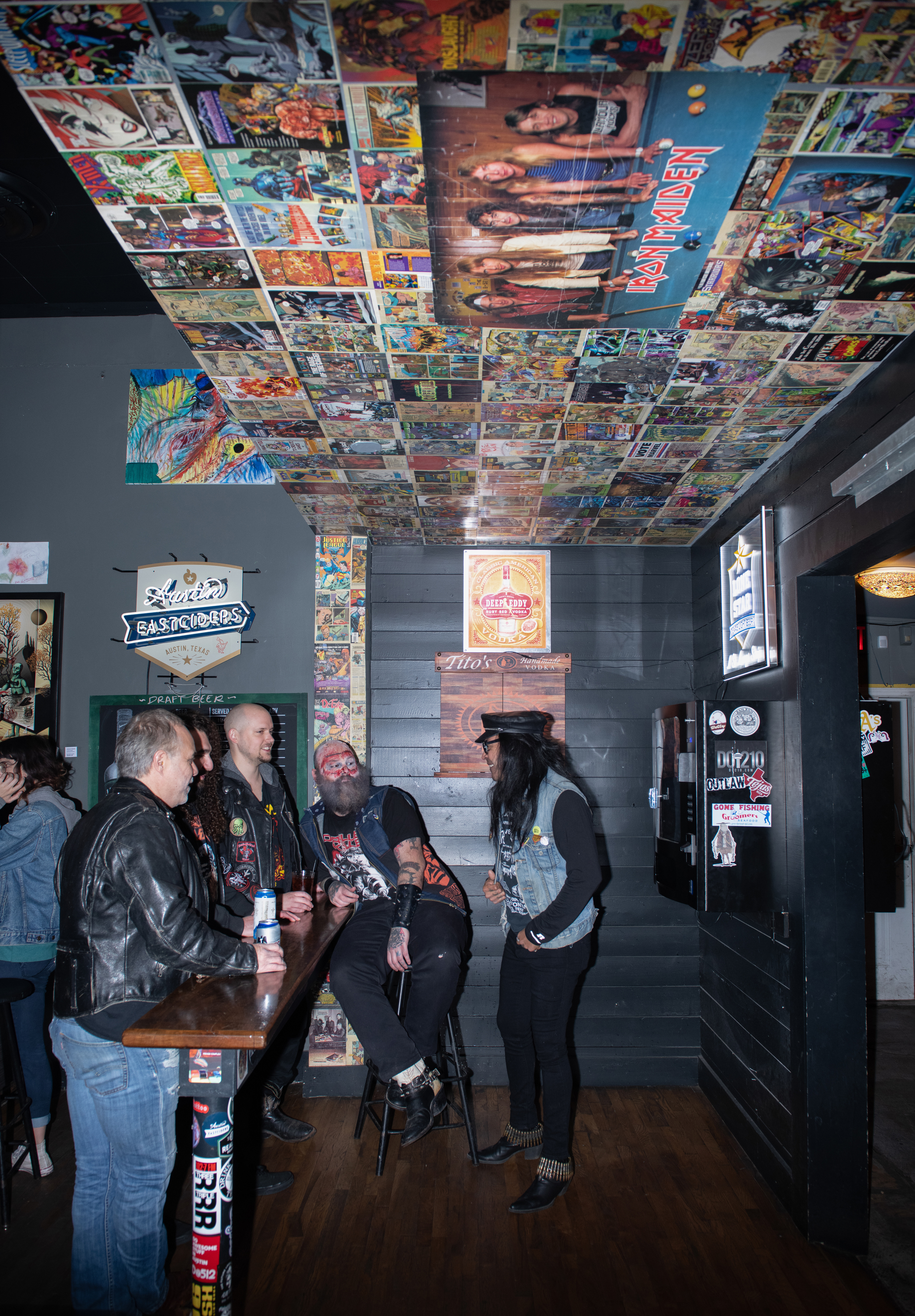
Sign up for our newsletter to get the best of VICE delivered to your inbox daily.
Follow Roque Strew on Twitter.


